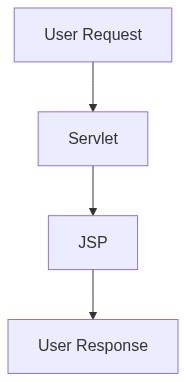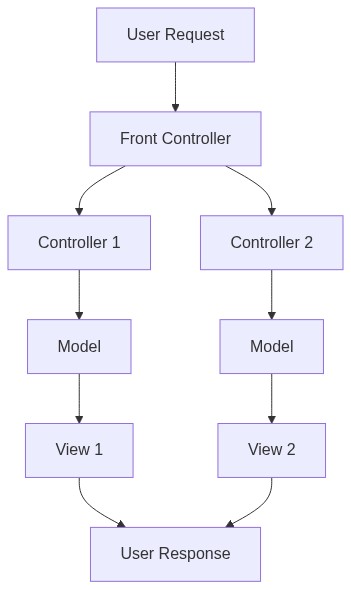Architectural Patterns
Design Patterns vs Software Architecture Patterns
Gang of 4 Book is Targeted towards stand alone application implement in OOP languages
Benefits:-
- Better Code Organization
- Reusability
- Extensibility
- High Developer productivity
Drawback:-
- limited to single application/library
- Only for Object Oriented Language
- “Design Patterns” are not very helpful in architecting Large Scale System using multiple independently deployable components.
- Doesn’t handle
- Performance
- User Experience
- Error Handling
- Processing Big Data and high network Traffic
Cloud Software Architect’s job
Building Reliable Systems using Unreliable Components
Model 1 Architecture
In the Model 1 Architecture, the JSPs handle both the presentation and some business logic directly.
- All JSP’s
Model 2 Architecture (MVC)
In Model 2, also known as MVC (Model-View-Controller), the architecture is divided into three main components: Model, View, and Controller.
Model 2 Front Controller Architecture
In this variation, a single Front Controller routes requests to appropriate controllers, which then interact with the Model and View.
Scalability Patterns
Load Balancing Pattern
Components:
- Source
- Dispatcher (Load Balancer)
- Workers
Auto Scalable Load Balancing Service (Dispatcher) distributes the traffic
- Can be Cloud managed service (suited with dealing with external traffic)
- Message Broker / Distributed Message Queue as a Load Balancer (under right use
case) (suited for internal services)
- that right use case is when communication between publisher & the consumer service is one directional & asynchronous
Algorithms
- Round Robin
- Good with stateless services
- doesnt work when there is an active session (stateful services)
- Sticky Session / Session Affinity
- maintains cookie and load balancer redirects the request to the same server everytime
- works great for short session
- Least Connections
- Good for Long term connections like SQL, LDAP
- Consistent Hashing
Auto Scaling
Each instance has an agent (background process) running that keep track of the health of the instance (Network, CPU, Memory etc)
Using the data collected from the agents, Auto Scaling Policies can be defined
Pipes & Filters Pattern
- Data Source : Origin of incoming Data
- Data Sink : Final Destination of the Data
example of injesting/processing video/audio upload
Important Considerations
- Complexity and Overhead
- Statelessness of each processing component
- not a good fit for distributed Data transactions


